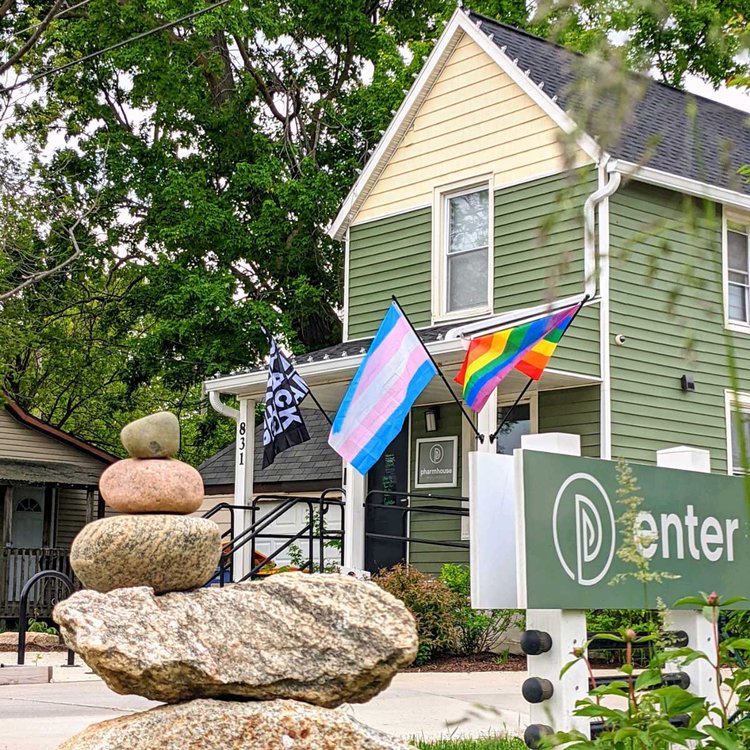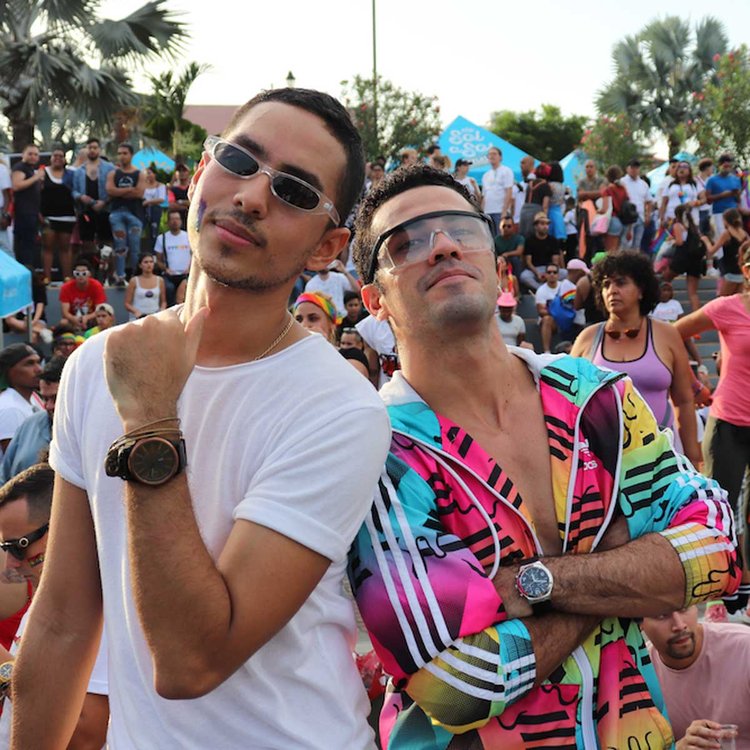You’ve probably noticed that we proudly fly a Pride flag from the front porch of Pharmhouse Wellness, and for us, it’s more than an expression of support for the LGBTQ community. It’s our way of saying thanks to the queer community for what it has done for us.

To know your cannabis history is to know your LGBTQ history.
We firmly believe that without our LGBTQ forebears, we wouldn’t have legal cannabis in 2022.
Unfortunately, the history of legal medical cannabis history has a heartbreaking beginning with a virus. In the late 1980s and well into the 1990s, San Francisco was ground zero for a then-unknown but almost always fatal virus—human immunodeficiency virus (HIV); when untreated, it leads to Acquired Immune Deficiency Syndrome (AIDS).
Early in the epidemic, Dennis Peron, was an openly gay man and an openly well-known cannabis seller who had several illegal storefront shops in his cannabis career. He saw firsthand that cannabis was helpful to people with HIV/AIDS. Cannabis helped with pain relief, increased patients’ appetites, and provided anxiety relief from the disease. Cannabis of any sort was still illegal at the time in California.
Meet Dennis Peron, Cannabis Advocate
Peron was born in 1946, served in the U.S. Air Force during Vietnam, and returned with two pounds of marijuana in his suitcase from his tour of duty. He relocated from his home state of New York to San Francisco. There, he set up cannabis shops in the Castro District, making a name for himself in the counterculture and gay communities. Peron was lucky enough (with the help of a great lawyer) to beat most of the many minor marijuana possession charges that came his way—except in the 1970s when he was busted with 200 pounds of weed and spent six months in jail.
Fast forward to the late 1980s and early 1990s. Peron’s former lover Jonathan West contracted HIV, and as he was living the last few months of his life, Peron saw even more closely the health benefits of cannabis. Not only did it help with pain from the disease, it also tempered the side effects of West’s potent anti-viral medications.
West’s death hit Peron hard, and he took action. He and other activists worked on the 1990 Proposition P, a ballot initiative that asked people in the city of San Francisco to recommend that California add marijuana to a list of approved medicines to treat several conditions, including HIV/AIDS. Proposition P passed with an 80 percent majority, and the following year, San Francisco’s Board of Supervisors virtually decriminalized medical cannabis with a resolution urging police and the DA to make the arresting and prosecuting of people possessing or growing medical marijuana a “lowest priority.”
Peron told the Los Angeles Times, “At that point, I didn’t know what I was living for. I was the loneliest guy in America,” Peron said. “In my pain, I decided to leave Jonathan a legacy of love. I made it my moral pursuit to let everyone know about Jonathan’s life, his death, and his use of marijuana and how it gave him dignity in his final days.”
As California Goes, So Goes the U.S.
Four years later, in 1996, Peron and other cannabis activists wrote Proposition 215. The bill proposed that medical cannabis be legal throughout the state of California. With the power of the Californians for Compassionate Use PAC—which included a significant number of people from the LGBTQ community—they gathered more than 400,000 petition signatures to place Proposition 215 on the ballot.

The bill passed with a 55.6 percent approval vote, and the legalization of medical cannabis began—not just in California—but in the US. State by state, we saw medical and then recreational cannabis legalized.
As we celebrate Pride Month and consider that legal cannabis is part of who we are as Michiganders and Americans—we must honor and thank the cannabis pioneer leaders in the LGBTQ community who moved legalization forward.






